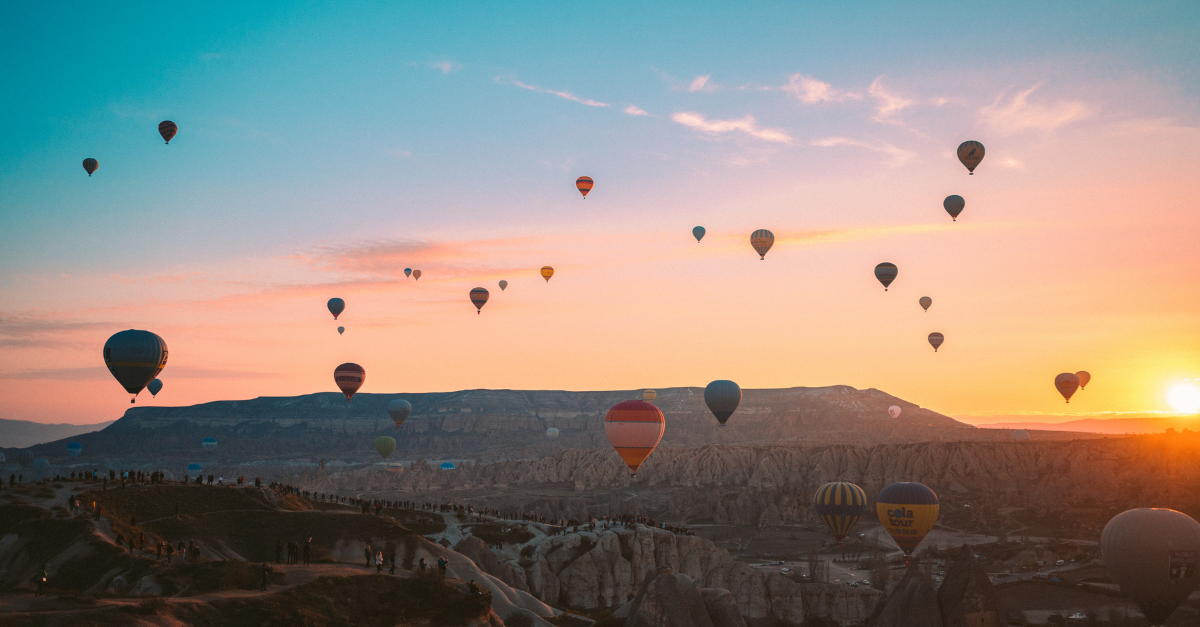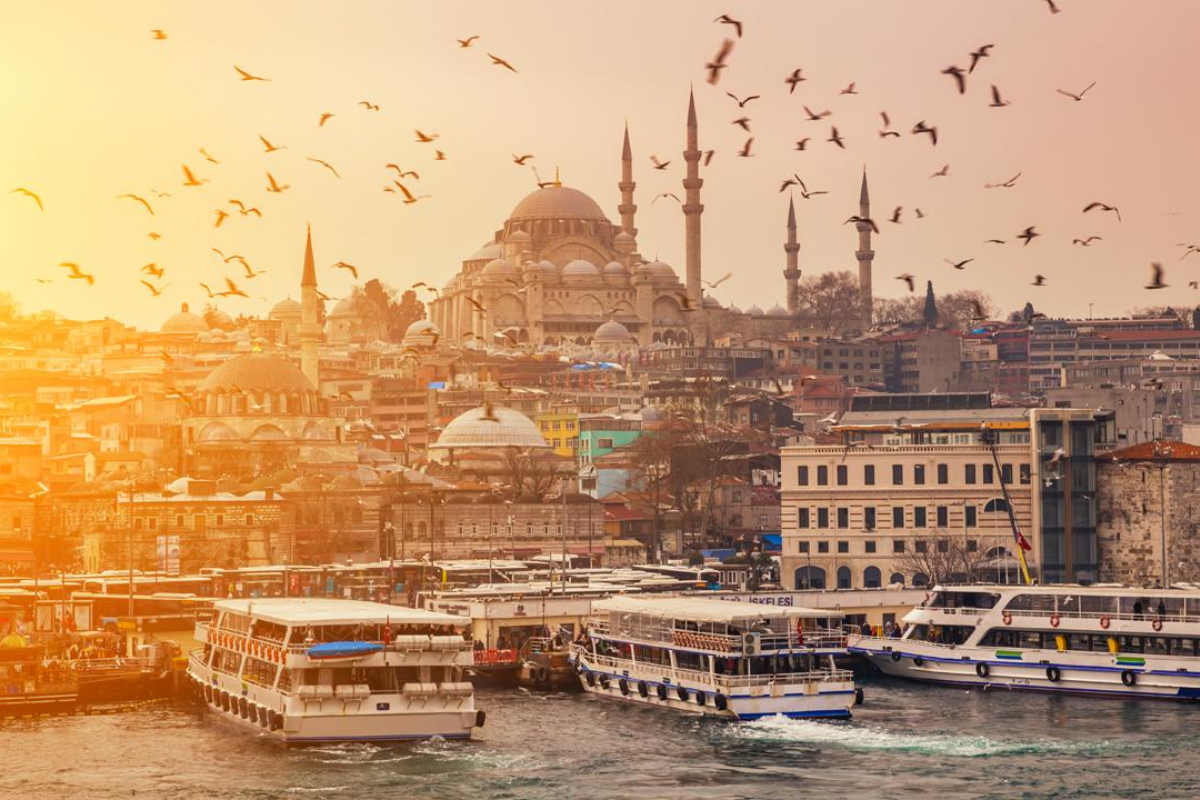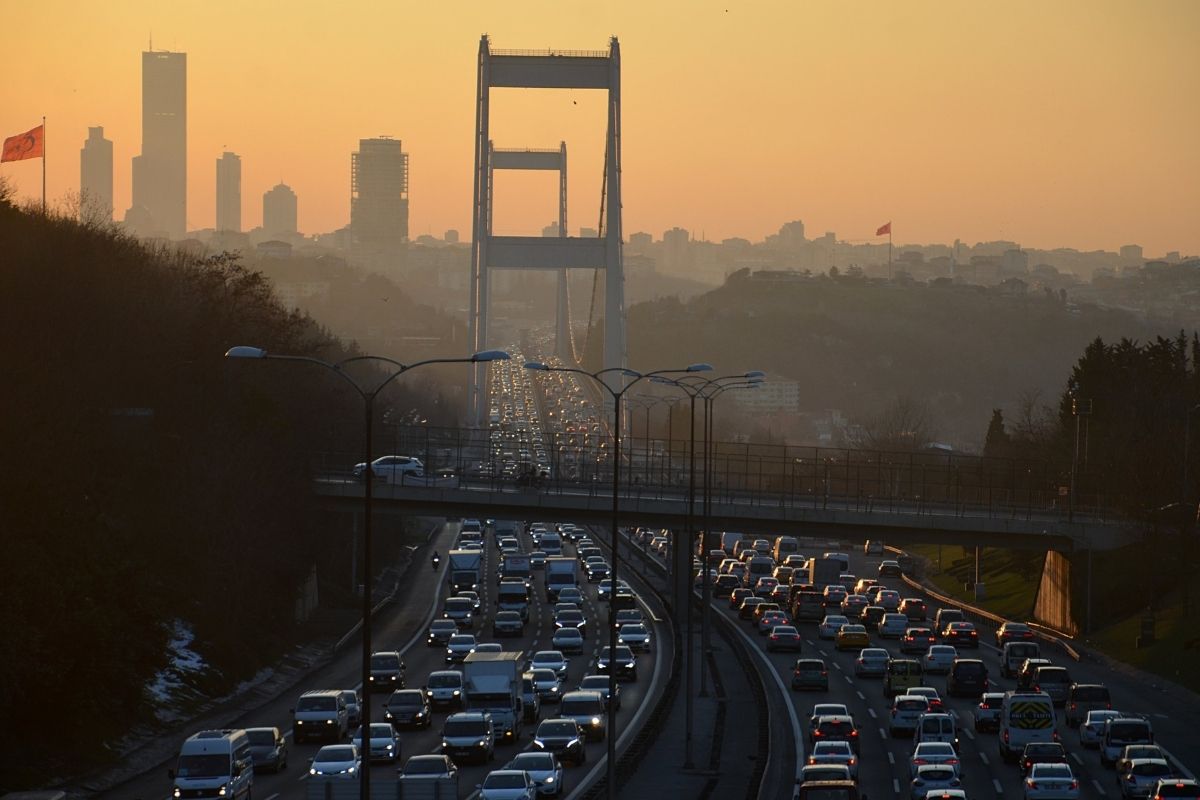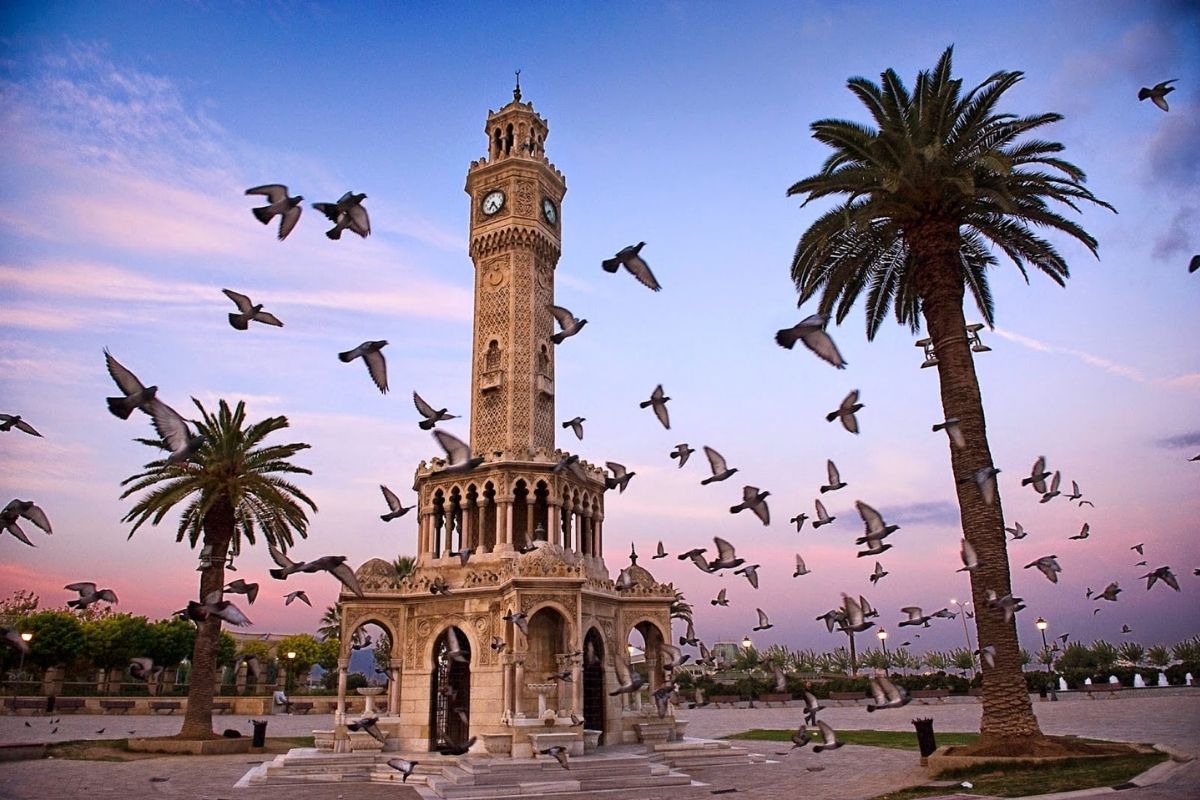Social Media and Art: The New Face of Art in the Digital World
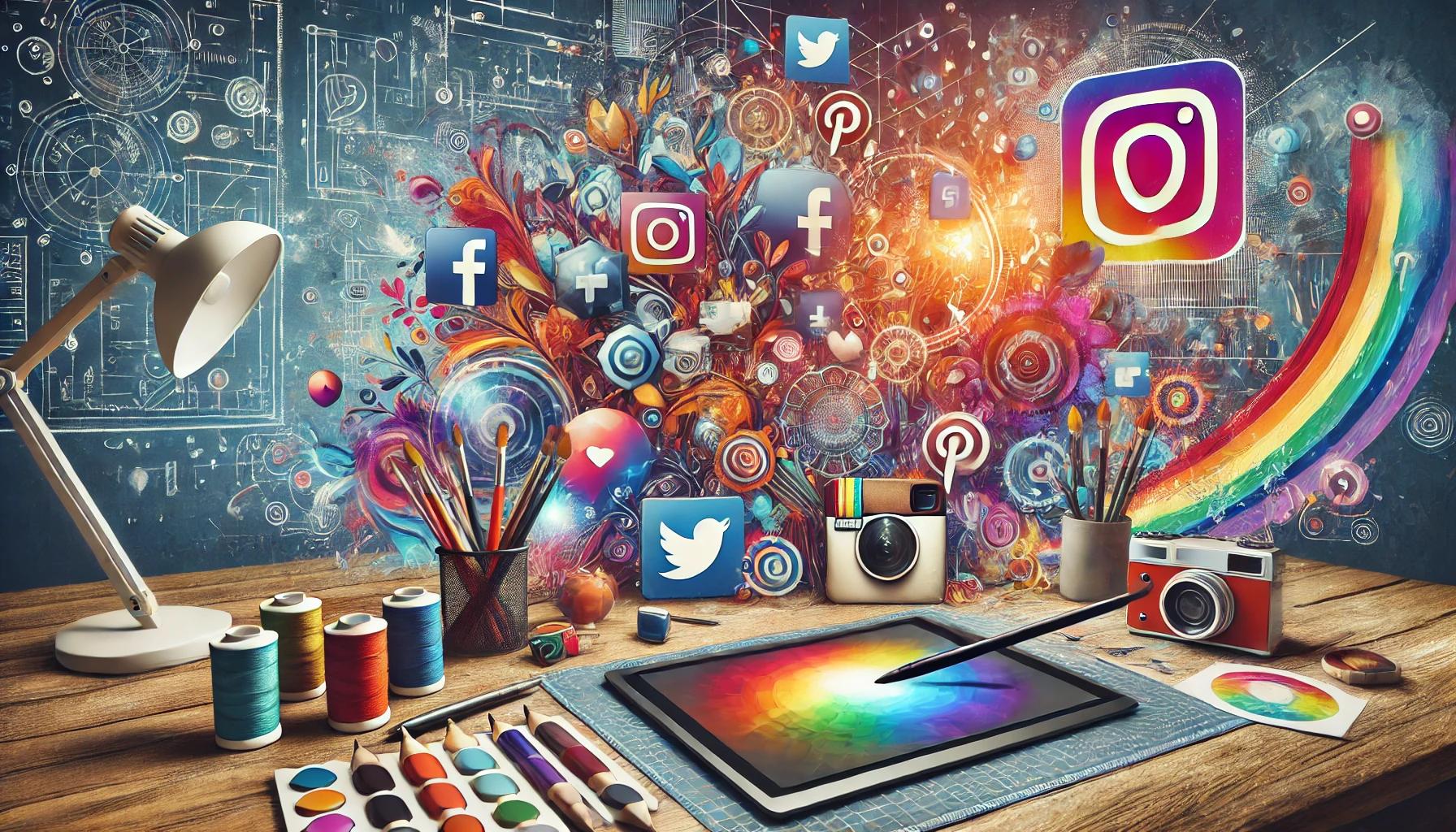
1. A New Creative Space for Artists
Social media offers artists the opportunity to share their creative processes with a broader audience. Platforms like Instagram, TikTok, and Pinterest have become not only digital galleries where artists can showcase their works but also spaces where they can connect with followers by sharing every stage of their creative journey. These platforms allow artists to receive real-time feedback, something that was previously not as easily accessible.
- Instagram: Artists can display their work, share stories of their creative processes, and get direct feedback from followers.
- TikTok: Short videos allow artists to quickly and effectively showcase their creative processes, potentially going viral.
- Pinterest: Artists and art enthusiasts can create inspiring visual collections and share ideas for new projects.
2. Globalization of Art
Social media allows art to transcend borders. An artist can now promote their work not only within their country but globally. Galleries, exhibitions, and art fairs have gone digital, making it easier for a wider audience to participate. Art is no longer confined to physical galleries but can now be viewed and enjoyed online.
For example, major art fairs like Art Basel have expanded their reach through social media, streaming events live and engaging a much larger audience than ever before. These events make art more accessible, not just to an elite few but to anyone with an internet connection.
3. Digital Art and NFTs: A New Revolution
In recent years, digital art and the concept of NFTs (Non-Fungible Tokens) have created a major shift in the art world. Artists are now able to sell digital creations as NFTs, using blockchain technology. Social media has become a powerful tool for promoting these digital artworks. Platforms like Instagram, Twitter, and Discord offer artists a way to market their NFTs and engage with potential buyers.
NFTs allow artists to sell their works in a secure and transparent way, while also offering buyers assurance of ownership and authenticity. Social media has become an essential resource for keeping up with developments in the NFT world and for discovering new digital art forms.
4. Accessibility and Interaction
Social media makes art more accessible to everyone. In the past, high gallery fees and exclusive events limited access to art. However, in the digital world, art is at your fingertips. Now, we can access artworks not only in galleries but also through the click of a button.
Additionally, social media platforms enable direct interaction between artists and their audiences. Artists can immediately receive comments and feedback, helping them improve their work and build stronger connections with their followers.
5. Art Marketing and Sales
Social media plays a revolutionary role in art marketing. Artists no longer need traditional advertising methods to promote their work; they can reach their audience directly through social media. Sponsored posts on Instagram, influencer collaborations, and social media campaigns have made it easier for artists to connect with larger audiences.
Furthermore, galleries and museums are also utilizing social media for their marketing strategies. Virtual tours, exhibition announcements, and interviews with artists are shared on social media platforms, making them accessible to a global audience. This has led to quicker and more efficient art sales.
6. The Fun and Interactive Side of Art
Art is no longer just a passive viewing experience; it has become an interactive and fun process. On platforms like TikTok and Instagram, artists invite their followers to engage with their creative content. Users can showcase their own art, collaborate with artists, or leave comments on the works they admire. This interaction strengthens the connection between the artist and their audience.




